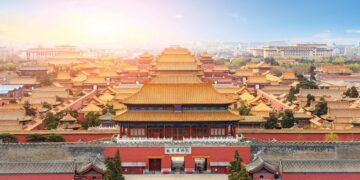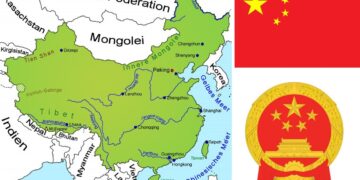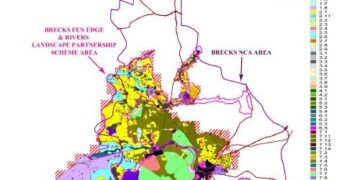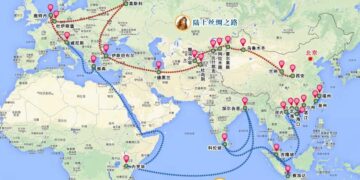Introduction
In the heart of China’s industrial landscape, the once-thriving rust belt cities are experiencing a seismic shift as workers increasingly seek better economic opportunities elsewhere. A recent report by Nikkei Asia highlights the challenges faced by these regions, where stagnant wages and declining job security are forcing skilled laborers to leave in search of a living wage. This exodus not only threatens the economic foundation of these cities but also underscores a broader trend of migration driven by the quest for improved livelihoods amidst a rapidly changing global economy. As local economies grapple with this crisis, authorities and labor groups are left to ponder the future of these industrial hubs and the implications for China’s broader socio-economic landscape.
China’s Rust Belt Crisis and the Declining Population of major Cities

The erosion of the rust belt in China is evident across several major cities, leading to a significant decline in population as residents, especially younger workers, migrate in search of better opportunities. Long gone are the days when these industrial hubs boasted reliable,well-paying jobs; now,many areas are grappling with outdated facilities and declining industries. This deterioration has resulted in a surge of local inhabitants seeking employment in the thriving coastal cities or even overseas. Factors driving this exodus include:
- Stagnant Wages: Many workers find that the income they earn is insufficient to cover the rising costs of living.
- Job Scarcity: Reduced demand for conventional manufacturing roles has left many jobless.
- Urbanization Trends: Young adults are drawn to metropolitan areas that promise growth and innovation.
As cities in the rust belt struggle to retain their labor force, local governments are faced with the daunting task of revitalizing their economies. Economic diversification is often cited as a necessary step, with officials exploring potential investments in technology and service sectors. Policies geared towards improving living conditions and creating attractive job opportunities could pave the way for a more resilient urban environment. Below is a simplified overview of the challenges and responses being contemplated:
| Challenge | Response |
|---|---|
| Declining Industries | Diversification into tech and services |
| Population exodus | Incentives for businesses to stay |
| High Living Costs | Improved infrastructure and housing policies |
Economic Disparities Prompt Workers to Seek Better Opportunities Elsewhere
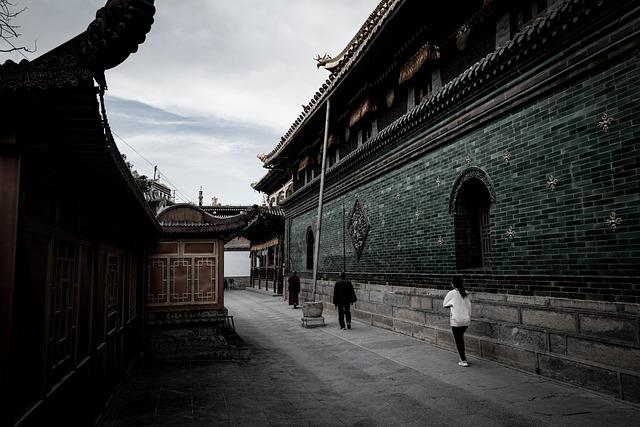
In recent years, the persistent economic disparities in China’s rust belt cities have become increasingly evident, prompting a significant number of workers to reconsider their employment options. Many individuals, particularly young graduates and skilled laborers, are drawn to urban centers that promise higher wages and better living conditions. The factors driving this trend include:
- Stagnant Wages: Local factories are unable to match the salary offers from more prosperous cities.
- Cost of Living: The rising costs in traditional industries make day-to-day expenses unmanageable for many families.
- Job Opportunities: The tech and service sectors in major cities often present more appealing career paths and growth potential.
This shift is not merely a reflection of personal choice; it signifies deeper systemic issues within the regional economy. As workers migrate, cities that once thrived on manufacturing are grappling with labor shortages that stifle growth. To illustrate the extent of these challenges, consider the following table depicting key statistics:
| City | Average Monthly salary | Annual Growth Rate | Population Decline (2020-2023) |
|---|---|---|---|
| Rust belt city A | ¥3,500 | 1.2% | 15% |
| Major City B | ¥6,500 | 5.6% | N/A |
| Competitive City C | ¥7,200 | 6.1% | N/A |
The stark contrast in wages and economic dynamism underscores why many are choosing to leave behind their hometowns. the only hope for these rust belt cities is to innovate and adapt to the changing workforce landscape, but as the exodus continues, time is running out for local economies to turn the tide.
Impact of Automation and Industrial Decline on Local Employment
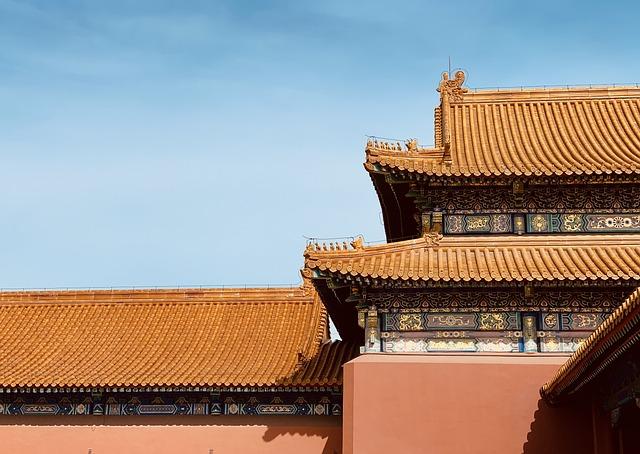
In the heart of China’s rust belt, a convergence of automation and declining industrial activity is reshaping the local job landscape. As factories increasingly turn to machinery, the once-thriving hubs of employment are witnessing a stark reduction in manual labor opportunities.This shift has accelerated the outmigration of workers in search of better-paying jobs elsewhere. the impacts of these changes can be summarized as:
- Rising Unemployment: A significant portion of the workforce faces job loss due to automated processes, leading to higher rates of unemployment and economic instability.
- Skill Gaps: Many workers find themselves ill-equipped for the new roles that require advanced technical skills, highlighting a growing divide between education and employment needs.
- Regional Disparities: Economic decline in industrial regions contrasts sharply with growth in urban centers, intensifying the migration as individuals seek opportunities in more prosperous areas.
The economic landscape is not merely shifting; it is indeed eroding the very foundation of community livelihoods. In a bid to adapt, local governments and organizations are implementing initiatives to retrain displaced workers, but these efforts often fall short of addressing the immediate needs. A closer look at the statistics reveals the pressing challenges:
| Year | Unemployment Rate (%) | Population Change (%) |
|---|---|---|
| 2015 | 5.2 | 0.5 |
| 2018 | 6.8 | -1.2 |
| 2021 | 8.5 | -4.0 |
This table highlights the correlation between rising unemployment rates and population decline,illustrating the urgent need for revitalization strategies in these areas. As the workforce adapts to the realities of technological progress, their struggle for a living wage continues to propel many towards the uncertain promise of urban life.
Strategies for Revitalizing Rust Belt Cities through Sustainable Practices
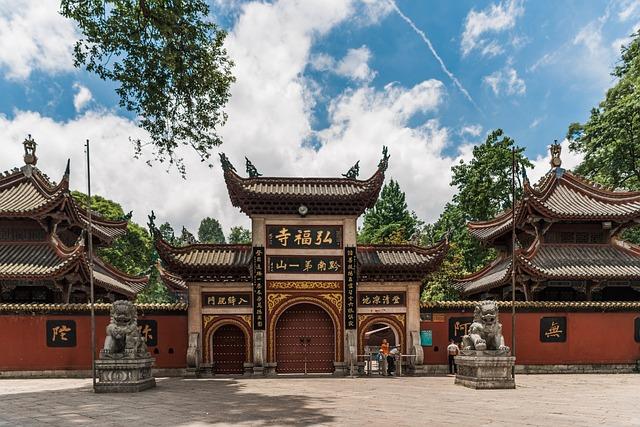
Revitalizing Rust Belt cities demands a multifaceted approach that emphasizes sustainability while addressing economic challenges. These areas can pivot from their historical reliance on heavy industry to embrace green technology and renewable energy sources. By investing in initiatives such as solar farms,wind energy,and urban agriculture,cities can create job opportunities and stimulate local economies. Furthermore, public-private partnerships can enhance investment in sustainable infrastructure, which not only helps in reducing carbon footprints but also promotes resilience against economic downturns.
Community engagement plays a crucial role in these revitalization efforts. Involving residents in decision-making fosters a sense of ownership and duty towards local progress. Strategies to consider include:
- Establishing community gardens to promote food security and engagement.
- Implementing local clean-up campaigns to enhance the urban environment.
- Creating tech hubs that focus on green innovations, attracting talent and investment.
To visualize the impact of these strategies, here’s a brief look at key metrics to track in sustainable urban revitalization:
| Metric | Current Value | Target Value (5 Years) |
|---|---|---|
| Green Job creation | 500 | 1,500 |
| Renewable Energy Usage (%) | 10% | 30% |
| Community Engagement (% of Residents) | 25% | 60% |
The Role of Government Policies in Retaining Skilled Labor
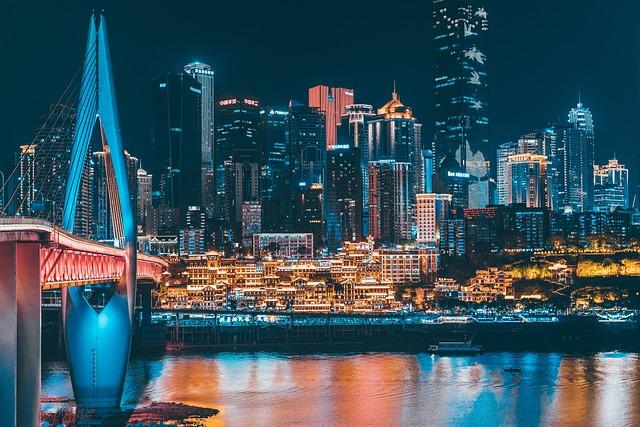
The challenges faced by cities in China’s rust belt highlight the critical importance of government policies aimed at retaining skilled labor. The exodus of workers, drawn away by competitive wages in other regions, underscores a need for intervention. Effective policies can play a vital role in creating an environment where skilled workers feel valued and supported. Initiatives such as:
- Incentives for businesses to offer competitive salaries and benefits can significantly improve worker retention.
- Investment in education and training programs ensures that the local workforce remains adaptable and skilled.
- Improving local infrastructure and living conditions can make a considerable difference in attracting and keeping labor.
Moreover, the government’s role in fostering a favorable economic climate cannot be overstated. By implementing policies focused on sustainable development and job creation, governments can mitigate the risks of talent drain. Consider the following strategies that have the potential to reshape the labor landscape:
| Policy Initiative | Impact on Labor Retention |
|---|---|
| Increasing minimum wage | Attracts low-income workers, raising overall salary standards |
| Tax breaks for local startups | encourages innovation and creates new job opportunities |
| Support for public transportation | Improves accessibility to jobs, enhancing worker mobility |
Community Initiatives to Foster Local economic Growth and Employment
As the economic landscape shifts, local communities are stepping up to implement initiatives aimed at revitalizing their economies and addressing the challenges posed by a dwindling workforce. Strategies include job training programs that equip residents with the skills necessary for emerging industries, such as renewable energy and technology.These programs not only enhance employability but also aim to attract businesses looking for a skilled labor pool. Moreover, community leaders are advocating for incentives for local businesses, encouraging them to retain talent by offering competitive wages and benefits packages that align with the rising cost of living.
Collaborative partnerships between government entities, educational institutions, and private sectors are forming the backbone of these initiatives. To visualize the progress and areas needing focus, communities are utilizing data and metrics to measure employment rates and wage growth. The table below outlines key initiatives being implemented to boost local economies:
| Initiative | Description | Expected Impact |
|---|---|---|
| Job Training Programs | Skill-building workshops in high-demand fields | Increased employability and job placements |
| Local Business Incentives | Tax breaks and subsidies for businesses offering living wages | retention of skilled workers |
| Entrepreneurial Support | Funding and mentorship for startups | Stimulation of local job creation |
Closing Remarks
As the economic landscape of China’s rust belt cities continues to evolve, the increasing migration of workers in search of better opportunities underscores a larger, systemic issue. The quest for a living wage reflects not only individual aspirations but also a significant shift in labor dynamics, as the younger generation prioritizes financial stability and quality of life over traditional employment security. This trend poses a pressing challenge for local governments and industries grappling with a declining workforce. As these cities confront the realities of their changing economic environments, the need for innovative solutions that address wage stagnation, create sustainable job opportunities, and retain talent becomes ever more critical. Moving forward, stakeholders must engage in proactive dialog and strategic planning to revitalize these regions, fostering an environment that can support both economic growth and the well-being of its residents. The future of China’s rust belt cities hinges on their ability to adapt and respond to the aspirations of their workforce.


